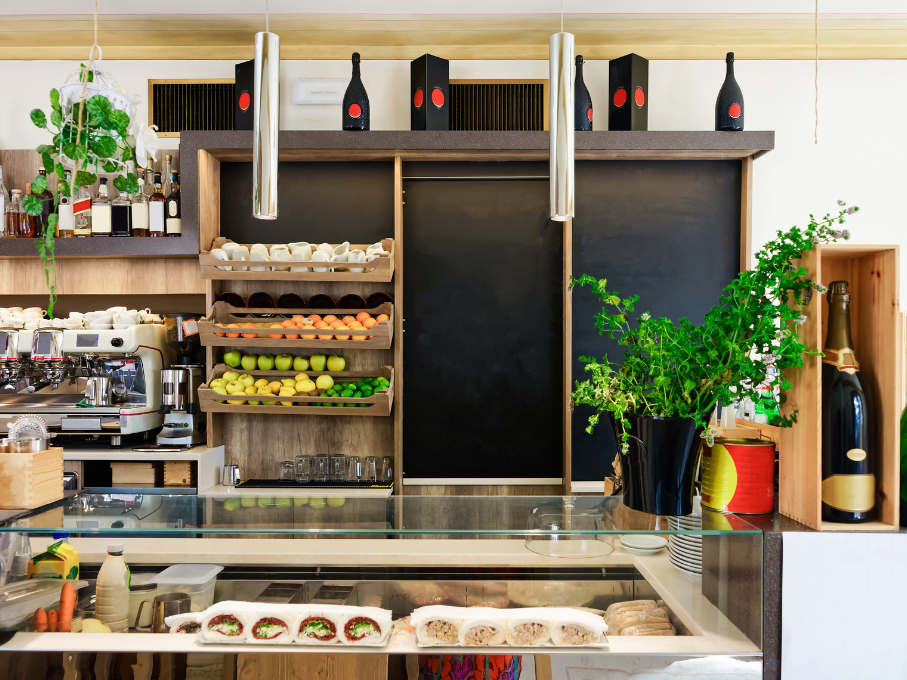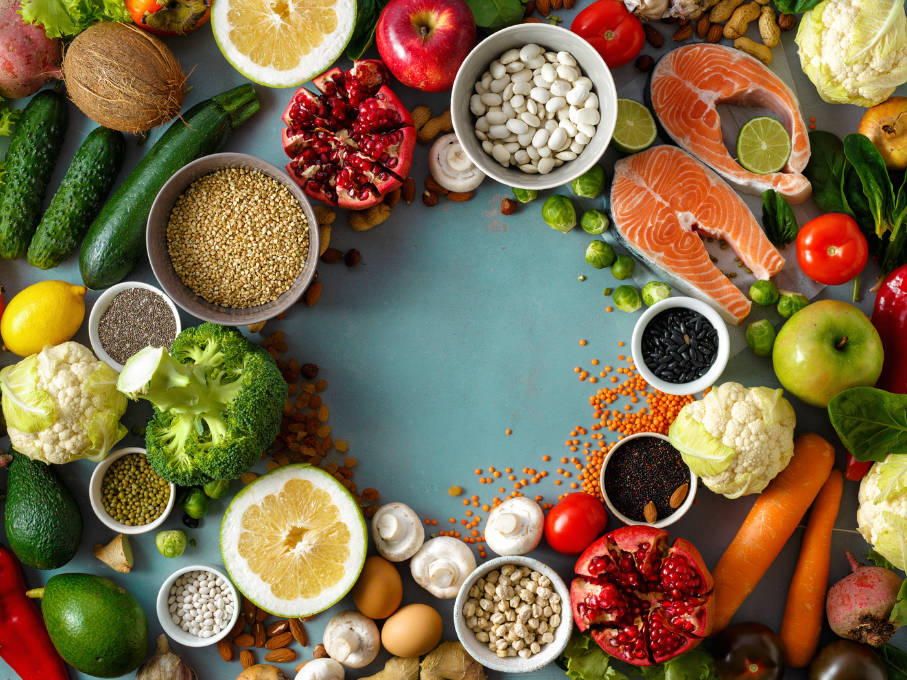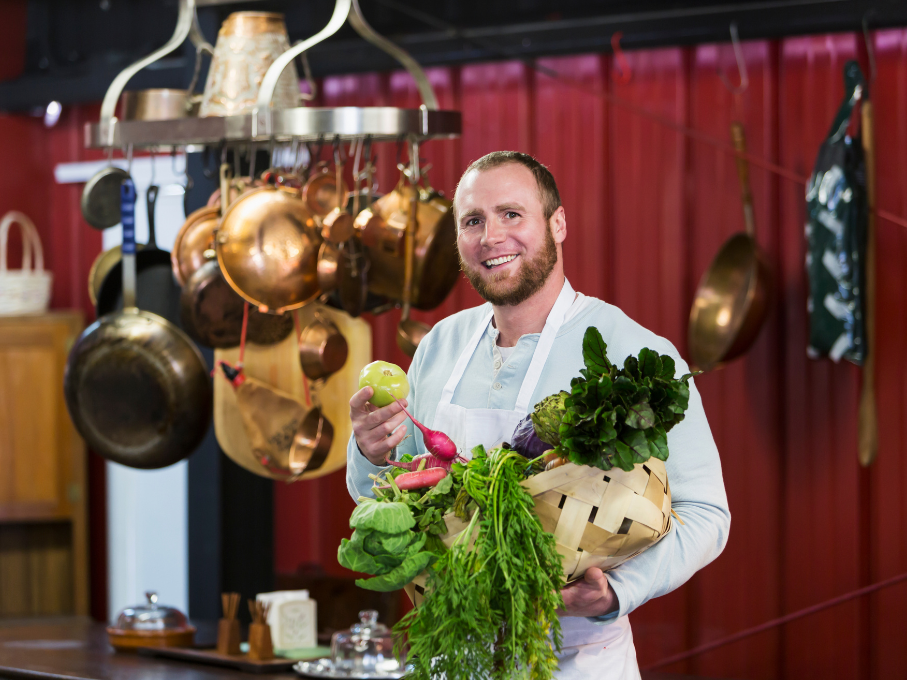How you utilize your restaurant ingredients to eventually make tasty meals is important. But what about when those ingredients, particularly produce, are in storage?
Are you up to speed on the latest restaurant food storage guidelines? Master this tactic, and you’ll be amazed at how everything from profit margins to customer satisfaction improves.
While we’re often asked about how to implement efficient restaurant accounting solutions, RASI also fields operational queries such as how to store produce. As a result, we produced this restaurant produce storage guide to ensure your kitchen has the knowledge to reduce waste, save money, and optimize your menu engineering process.
WATCH THE FULL VIDEO BELOW!
The Importance of Proper Produce Storage in a Restaurant
Aside from the obvious cost-saving benefits of using your produce to its maximum storage limit for freshness, there’s another advantage many restaurant managers don’t realize right away: the avoidance of fines and penalties from local, state or regional health department inspections. For example, OSHA has dozens of state-approved food safety plans, and some can levy thousands of dollars worth of fines if these plans are ignored.
The Buyers Edge Platform offers a consistent and transparent managed produce program to the foodservice industry. While focusing on delivering competitive prices through fully audited networks – we also provide maximum visibility to our operator clients.

For this produce storage guide, let’s review some factors that impact freshness, along with some specific tips for efficient storage.
Factors that Affect Produce Freshness
The smallest mistakes in produce storage enables any of these factors to negatively impact the taste, texture, and freshness of your food:
- Temperature
- Humidity
- Airflow
- Ethylene gas
- Light
What is ethylene gas? Naturally released by plants, ethylene is a plant hormone that helps fruit and vegetables mature to full ripeness. It’s not the same in every plant, so it helps to store those ingredients that produce ethylene separate from any food sensitive to the gas.
Understanding ethylene helps you extend the shelf life of your fruits and vegetables – and, by extension, improve your food cost management. The first thing you need to know is plants’ ethylene productions and sensitivities are not universal. So, you should store ethylene producers separate from ethylene-sensitive items. Some fruits and vegetables that produce the highest amounts of ethylene include bananas, avocados, peaches, pears, and apples.
Our recommendation — find out which of your restaurant’s ingredients produce ethylene, and establish your own rules with an internal restaurant produce storage guide everyone can access.
The Buyers Edge Platform can also help: their licensed food safety teams deploy Buyers Edge’s technology to manage food safety audits, recalls, and alerts. Buyers Edge makes sure that everything regarding food safety is taken care of.

Specific Produce Storage Tips
Here are some common produce items, with ideal storage temps and other info. These tips will help optimize the cost of goods (COGS) for your restaurant budget.
- Leafy Greens – store at 32° F for up to 3 weeks
- Root Vegetables – store at 32°-40°, max storage time varies depending on vegetable
- Citrus Fruits — store at 38°-55°, max storage depends on type of fruit
- Apples — store at 30°-35° for up to 8 weeks
- Berries — store at 30°-35° for up to 2 weeks, depending on initial ripeness
- Tomatoes — store at 43°-52° for up to 1 week
- Onions — store at 32 up to 6 weeks
- Potatoes — store at 40°-50° for up to 3 months

Best Practices for Produce Storage
Here are four things you can do right now to improve your produce storage methods:
- Properly label and date all produce.
- Ensure food storage containers are completely closed.
- Rotate produce in your storage area to ensure the freshest ingredients are always available for your menu.
- Watch out for cross-contamination between different ingredients; for example, never store produce in direct contact with meat, dairy, and other non-produce food.
LISTEN TO THE FULL PODCAST EPISODE BELOW!
Produce Storage Guide: Tips for Selecting High-Quality Produce
A critical aspect of any produce storage guide is how to select the freshest, tastiest produce. While the specific characteristics for each ingredient different slightly, these actions can be applied to any type of food you’re purchasing:
- Purchase in season. If possible, buy your produce when it’s in season. This ensures healthier, cheaper, and fresher ingredients.
- Try a local farmer’s market. For your next fruit & vegetable haul, go to a farmer’s market. Many successful restaurants use this tip as the #1 priority for their restaurant produce storage guide. Many times, optimal storage results from purchasing the best ingredients local to your restaurant.
- Find a reliable supplier. If farmer’s markets aren’t a viable option, it helps to establish a solid relationship with a produce supplier. Check out RASI’s Partner Hub and browse some potential options today!
Use these strategies, and your produce storage methods will run smoothly – and help your overall kitchen operate more efficiently, too! Thanks for checking out our restaurant produce storage guide. For additional guidance with your restaurant accounting tasks, schedule a demo or call us today at (720) 826-9900.







